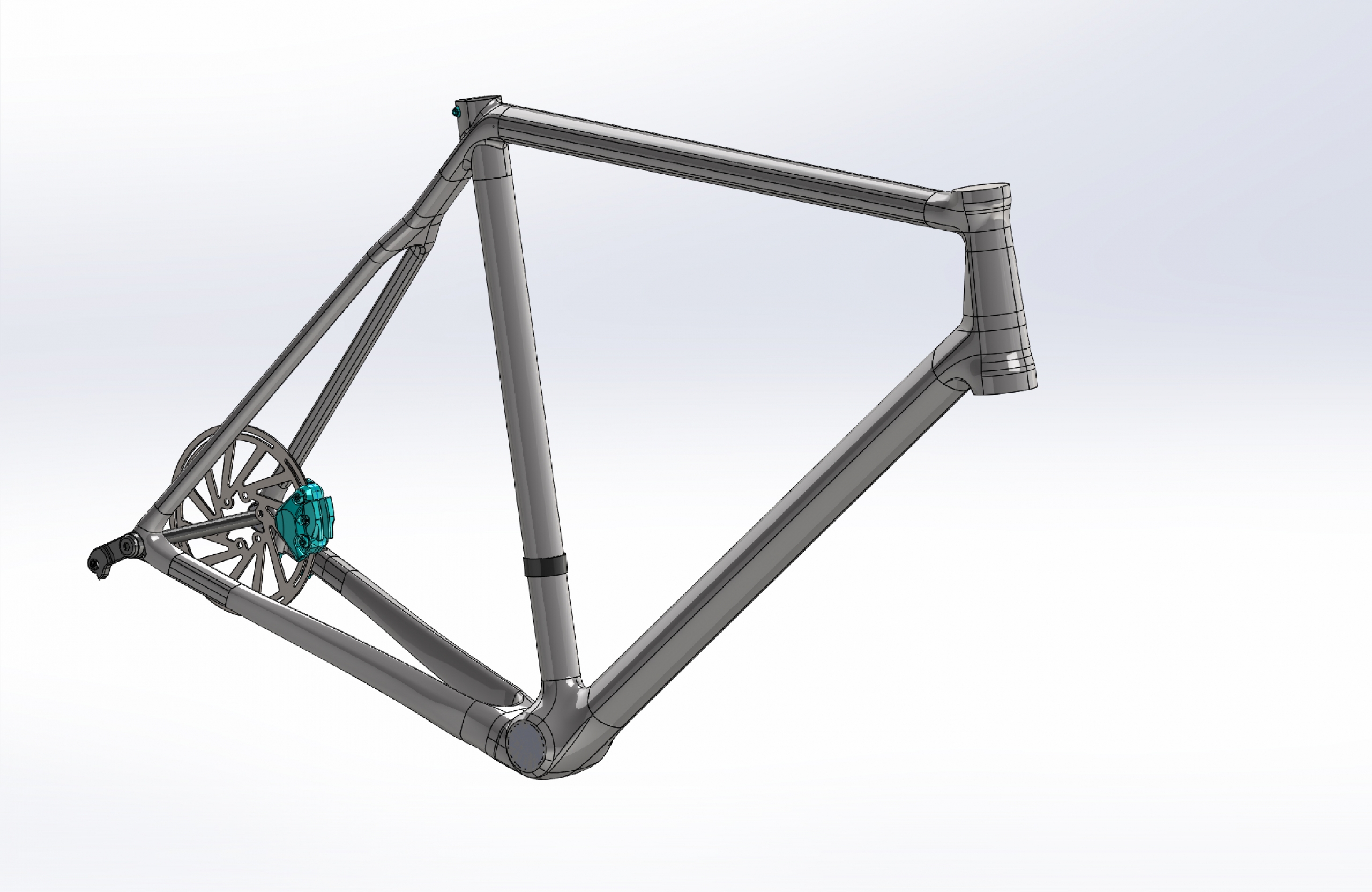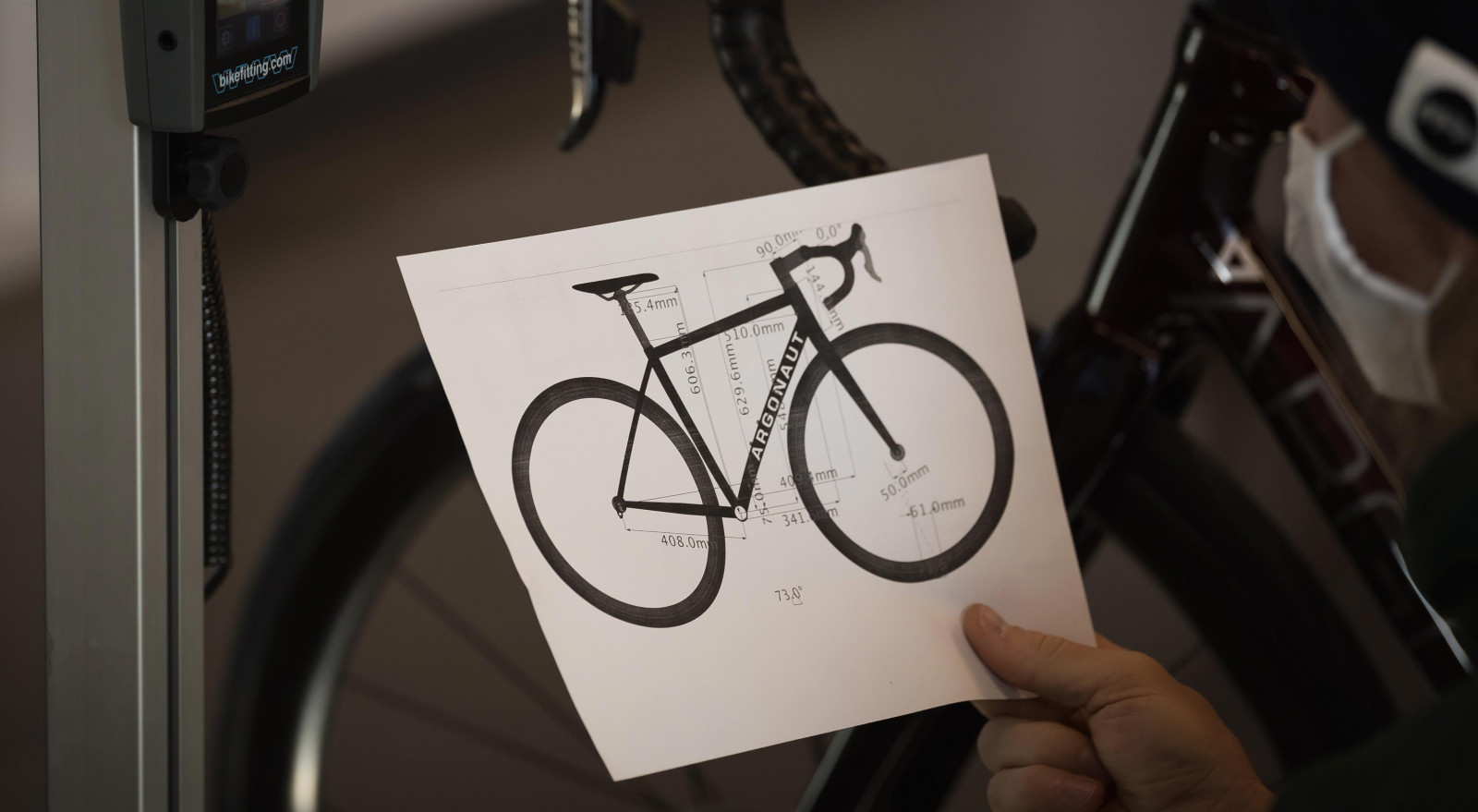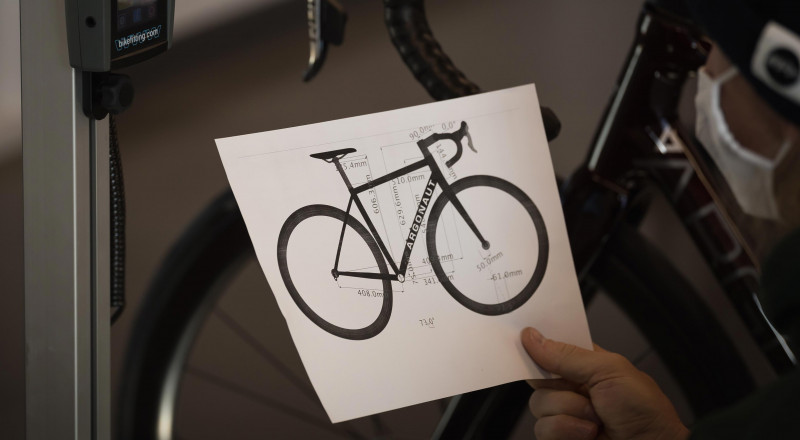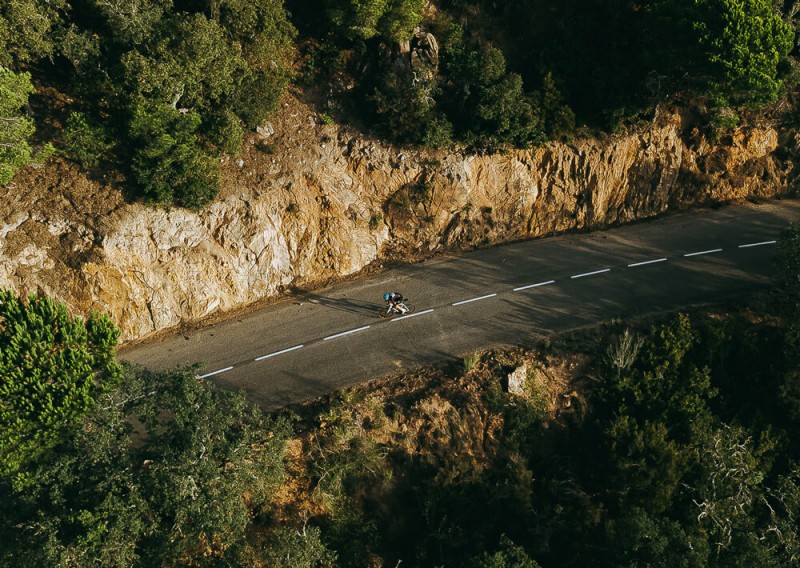What makes a custom bike custom? In the broader industry a bike can be called custom simply by being different than a company’s stock build. That is, someone buys a stock, production frameset and either builds it themselves with components of their choice, or a shop creates an a la carte build for them. The second layer is where our custom world starts – a bike made from scratch for the individual rider.
All these shades of custom have value and ultimately give the rider a better bike. I’ve found that the most valuable custom facet for a rider is ride quality. Every rider, regardless of size invariably puts different stress forces on a frame and therefore benefit by having a bike designed to meet the demands of their physiology and riding style. Every bike we make is rider tuned, regardless of geometry. For instance, real value in a custom carbon bike is not that the head tube is 7mm taller than an off-the-shelf Trek, but rather that it is 15% stiffer torsionally and 10% softer vertically.
This is why we offer the new RM3 in both custom and stock geometries. But, we don’t call them stock geometries. We found that calling them “stock” was invariably confusing because the word stock implies that the frame is made for inventory stock. Pre-designed is a more accurate description. Every Argonaut is made to order, with a custom layup pattern designed to suit the individual’s size and power output regardless of geometry. Bikes with a pre-designed geometry are made with frame molds on the shelf and at the ready. For bikes with a custom geometry, we machine new, customer specific frame molds etched with the individual’s name.
A bicycle frame’s geometry has two primary facets – fit and handling. The measurements that determine handling are head tube angle, fork rake, bottom bracket drop, chainstay length, and to some extent seat tube angle. Seat tube, top tube, and head tube length determine how well a frame fits the rider. Over the years I’ve developed my favorite dimensions as they apply to handling that create a great riding road bike, and those are seen across the board in our pre-designed geometries.

RM3 Pre-Designed Geometry Chart
To make a lively, responsive, bike with quick acceleration and stability at speed I shoot for a chainstay length of 408mm, bottom bracket drop from 75mm to 68mm depending on saddle height, and a trail between 54mm and 61mm. Trail is the distance a vertical line from the front axle directly to the ground trails behind where the centerline of the head tube hits the ground. Generally speaking, the more trail a bike has the more stable it feels. A bike with a lot of trail handles like an old Suburban, but the rider could sit up and eat a sandwich at 30 mph. Track bikes typically have a very short trail and are super quick handling. Changing direction can be done with a flick of the tongue, but don’t space out or you’ll end up on the ground. A road bike with a trail between 55mm and 61mm has that perfect balance of stability where it’s possible to ride no-handed and grab a snack out of a jersey pocket, but still able to carve a turn with little effort.
Every bicycle company’s approach to geometry is a little different. Many address the need for different head tube lengths at a given top tube length with “short” and “tall” versions of each frame size. This is not our approach. Instead, I looked at all the custom geometries I designed for the last ten years and created something like a heat map identifying clusters of frame sizes. Those clusters are reflected in our 545, 565, 575, and 595 pre-designed geometries. These are frames with half size top tube lengths and a slightly longer head tube length. A good bet would be that the 545, 565, and 575 make up more than half the pre-designed geo’s we’ll produce this year.

CAD Drawing with Final Geometry
To fully address the majority of riders you need top tube lengths increasing in increments of 10mm, and the same generally speaking for head tube lengths. Twelve geometries to choose from is a ton, and double what most production bike makers offer. Even with twelve we’re sure to make plenty of full custom geometries because there are many riders out there with disproportionate body dimensions or remarkable flexibility. Personally, I don’t fit very well on a stock geometry, or even one of our pre-designed geos. I ride a short head tube with a 540mm effective top tube because I’m fairly flexible and have short legs. Mine is a one-off set of frame molds specific to my geometry and etched with my name.
In short, we’re making the RM3 specifically suited to you whether it be in terms of ride quality, geometry, paint, components, or all of the above.
Thanks for reading.




